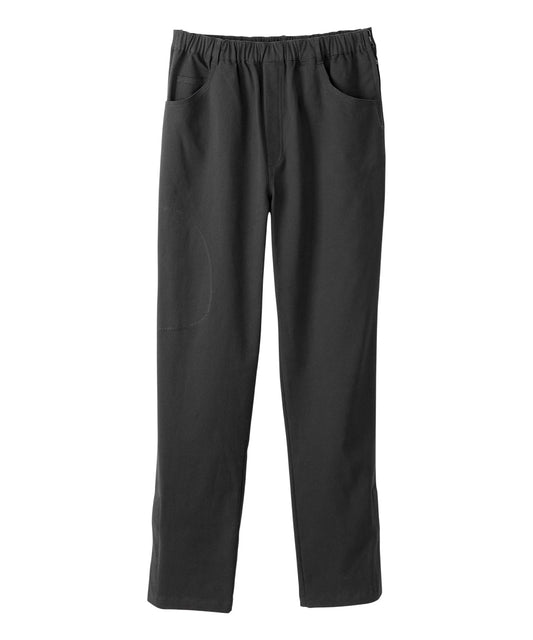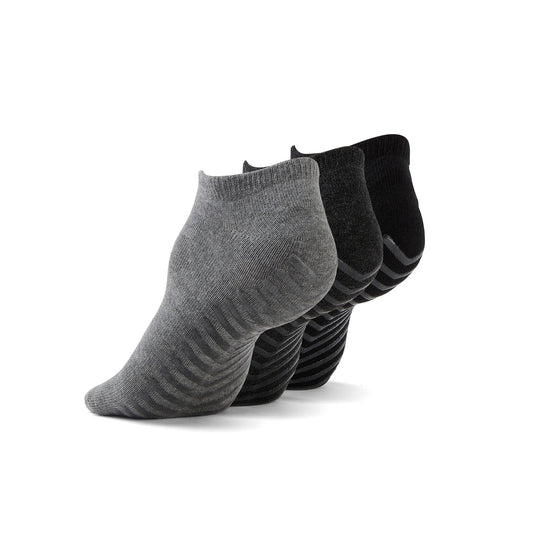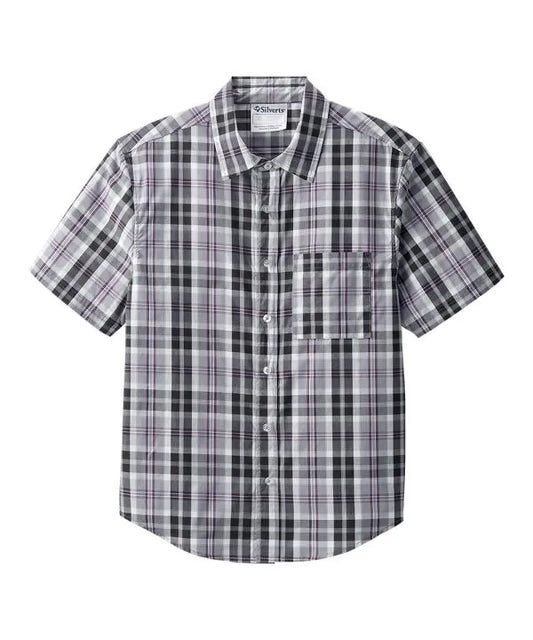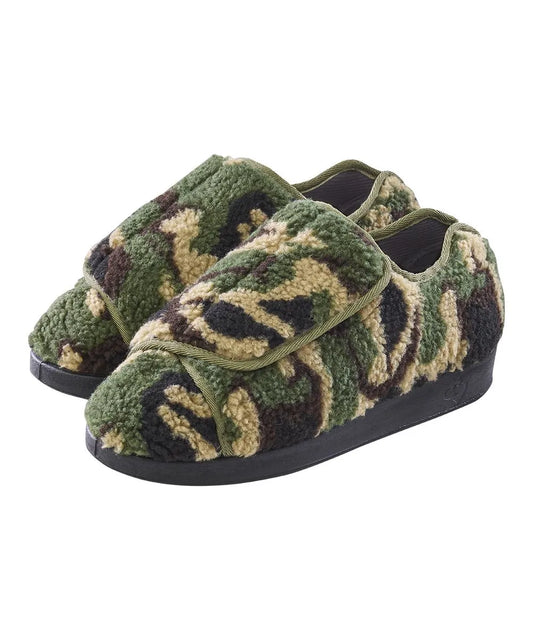Photo by: Rasmus Gerdin on Unsplash.com
Written by: Zuhair Augla
Introduction
Fashion is a universal language that crosses borders, cultures, and societies. It is an essential aspect of self-expression and identity and reflects different communities' values, traditions, and aesthetics. Adaptive fashion, designed for individuals with disabilities, is essential to this world conversation. However, adaptive fashion manifests differently worldwide because cultural attitudes, societal norms, and geographical influences greatly shape this aspect. The discussion now focuses on how adaptive fashion looks differently worldwide, the impact of culture on its development, and how geography shapes fashion choices.
We will travel across the world to understand how adaptive fashion is created in different cultures and geographies. We will find out how this concept adapts to the needs of society by investigating design elements used in Western technological innovations and those tied to Eastern cultural traditions. Join us as we shine a light on global efforts toward making fashion accessible to all, and find out how this industry is breaking down barriers, challenging norms, and weaving inclusivity into the very fabric of society.
How Does Adaptive Fashion Varry Around the World?
The presence and development of adaptive fashion vary greatly among different countries and regions. Adaptive fashion already enjoys considerable momentum in the West: the United States, Canada, and Europe. Brands and designers increasingly recognize the importance of inclusivity, and the bottom line is seeing a surge in clothes serving diverse needs. From stylish prosthetic covers to magnetic closures designed for ease of dressing, the offerings reflect a more significant cultural shift in awareness and acceptance of disability within these societies.
Adaptive fashion is still in its beginning stages in most developing countries due to a lack of resources, awareness, or social stigmas related to a person's disability. Less commercial emphasis is placed on adaptive clothes in regions like South Asia and Africa, where disabilities may still be shrouded in social taboos. However, grassroots movements and nongovernmental organizations are working toward bridging this gap by promoting inclusive fashion initiatives.
It is a mixed bag in Asia. For countries like Japan and South Korea, the drive for technological advancement and a high regard for innovation have inspired singular adaptive fashion solutions. Japanese designers often infuse adaptive minimalistic designs with practical features to suit older people and people with disabilities. 
If you want to buy a minimalistic top with practical features, this men’s T-shirt with a back overlap found on the June Adaptive website is just the one for you. It is simple yet eloquent and can be worn in a variety of settings. On the other hand, other Asian countries may lag in economic constraints and different cultural perceptions of disability.
How does Culture Impact Adaptive Fashion?
Culture dramatically influences adaptive fashion, informing the availability, design, and social acceptance of adaptive clothing. Cultural attitudes about disability play a particularly important role. Where disability is openly discussed and integrated into public life, there is more demand and support for adaptive fashion.
In Western cultures that focus on individualism and self-expression, adaptive fashion can often combine functionality and style. Designers ensure that the clothes accommodate physical needs and allow wearers to express their personal styles. Such a practice normalizes disability and promotes inclusion. 
A piece of clothing that embodies inclusion and self-expression is this women's knit maxi dress found on the June Adaptive website. The extravagant colours and designs are unique, making those who wear them stand out.
On the other hand, when there is a stigma associated with disability or even an approach of pity and shame, adaptive fashion is limited, or just plain does not exist. In some communities, the tendency might be to conceal disabilities, so clothing choices would camouflage assistive devices rather than celebrate individuality. This can be a suppressing factor in the cultural context toward adaptive fashion markets or even discouraging people from seeking out specialized clothing that could make their lives a little easier. Religious and traditional dress codes also impact adaptive fashion.
Adaptive clothing must align with cultural expectations in countries with strict dress norms. For example, in Middle Eastern countries where modesty is emphasized, adaptive fashion designers must incorporate functional adaptations without compromising traditional styles like the abaya or thobe. This requires a sensitive understanding of cultural values while addressing practical needs.
How does Geography Impact Adaptive Fashion?
Geography applies to fashion through climate, terrain, and regional lifestyles. Each of these factors contributes to the practicality and design of a garment, which adaptive fashion depends on to make functional clothing suitable for the environment.
In cold regions, adaptive clothing needs to provide warmth while addressing mobility aids or prosthetics. For example, coats with side openings or an adjustable feature help wheelchair users get dressed without sacrificing insulation. 
This jacket found on the June Adaptive website is lined with cozy sherpa, making it great in cold weather. It also has magnetic buttons, making putting it easy for individuals with limited hand dexterity.In warm weather, breathable fabrics and designs that allow for cooling are necessary for those whose conditions could be related to regulating temperature.
Geographical isolation or remoteness may impede access to adaptive fashion. In rural areas or regions where development could be higher, the minimum level of retail infrastructure and limited internet connectivity restrict specialized clothing availability. This mainly forces the individuals to adapt to standard clothing or forces them upon local artisans who may not be knowledgeable in adaptive designs. Urbanization also plays a role. Cities are more likely to be exposed to global fashion trends, including adaptive fashion. Diverse populations in these cities spur retailers to offer more options because of a variety of needs. Finally, these hubs tend to drive the latest global trends in fashion, including adaptive fashion, which trickles down to other regions over time.
Geography and culture, in many instances, go hand in hand. For instance, countries like India predominantly wear traditional garments, such as the sari and kurta. Adaptive fashion, in this respect, involves altering traditional outfits to suit specific needs. Designers create pre-stitched pleats in a sari or pre-closure blouses with Velcro for easy dressing by people with mobility challenges while still being able to wear their cultural attire.
In Scandinavian countries, for example, where minimalism and functionality are culturally engraved, adaptive fashion features clean lines, neutrals, and sustainable materials. The designs are made by prioritizing ease of use and awareness of the environment to sustain such a climate in mostly colder regions.
In African countries, colourful dyes and geometric patterns are deeply intertwined with cultural heritage. Adaptive fashion on the continent mostly integrates indigenous textiles and motifs to ensure that functionality does not suppress cultural self-expression. Clothing can be modified to include adjustable elements or different ways of closing without sacrificing the community's beautiful aesthetic heritage.
Challenges and Progress in Global Adaptive Fashion
Despite cultural stigmas and geographic constraints, the world is moving toward inclusive fashion. International organizations and advocacy groups have raised awareness regarding the importance of adaptive fashion. Global connectivity through social media has allowed for increased exposure to trends and innovations in adaptive fashion worldwide. Collaborations between designers from different cultures will increase the availability of cross-cultural adaptive fashion solutions. For example, Western designers might collaborate with artisans from other countries to produce adaptive clothing that still honours local traditions but includes functional adaptations. Such collaborations also enhance the availability of adaptive fashion while further promoting cultural exchange and understanding.
Education and representation are strong ways to effect change. The more people with disabilities are represented in media, on the runway, and in ad campaigns, the more societal attitudes begin to shift. This provides a stronger sense of removing stigmas and encouraging the fashion industry to cater to a more diverse audience.
Conclusion
Adaptive fashion has become an important part of the global fashion industry, reflecting varied needs and identities created by disabilities across cultures and geographies. Though there is a great difference in how adaptive fashion is presented around the world, common threads of innovation, inclusivity, and the desire for self-expression unite these various efforts.
Culture plays an important part in adaptive fashion since it shapes societal beliefs about disability, influences design aesthetics, and determines how functional adaptations are included in traditional garments. Geography will take this a step further and affect fashion choices through environmental conditions, accessibility, and regional lifestyles. Equity in adaptive fashion might finally be possible in an ever-interconnected world. Increased awareness, technological development, and cross-cultural exchanges continue to create more inclusive grounds within the fashion industry, believing in respect and celebration of diversity.
Through knowledge and understanding of these cultural and geographical elements that influence adaptive fashion, designers and advocates are working for a future wherein access can be granted to all people to be able to wear clothes that meet their needs and allow the expression of unique identities. In embracing adaptive fashion on a global scale, we are taking a huge leap toward inclusivity: making fashion, at last, that universal language, truly accessible to all, regardless of physical abilities or cultural background.















